The Secret to a Healthier Pregnancy? This Good Bacteria Might Hold the Key (Especially in Early Weeks)
Pregnancy is a remarkable journey, but for many women, the fear of delivering too early is a constant shadow. What if a simple, natural factor in your body could significantly lower that risk?
A groundbreaking new study from Japan offers powerful hope. Researchers discovered that women who have high levels of a specific “good” bacteria—Lactobacillus crispatus—in their vagina during the first trimester are much more likely to have a smooth, full-term pregnancy.
This isn’t just about having any good bacteria. It’s about having the right kind, at the right time. Let’s explore what this means for you.
Why Your Vaginal Bacteria Matters More Than You Think
Think of your vaginal microbiome—the community of bacteria living there—as a tiny, bustling city. When the “good citizens” (like Lactobacillus) are in charge, the city is peaceful, healthy, and well-protected. But when “troublemakers” take over, it can lead to inflammation, infection, and even trigger early labor.
For years, scientists have known that a healthy vaginal environment, dominated by Lactobacillus bacteria, is linked to better pregnancy outcomes. But this new Japanese study, which followed 42 mothers from early pregnancy through to one month after birth, reveals something even more specific and exciting.
The Star Player: Lactobacillus Crispatus
Not all Lactobacillus bacteria are created equal. The study found that Lactobacillus crispatus is the true MVP for pregnancy health in this population.
Here’s what the researchers observed:
- Early Pregnancy is Critical: Women who had high levels of Lactobacillus (especially L. crispatus) at just 12 weeks pregnant were significantly more likely to carry their baby past 38 weeks. In fact, nearly 90% of these women had full-term deliveries.
- Late Pregnancy Doesn’t Tell the Same Story: Interestingly, having high levels of this bacteria later in pregnancy (around 30 weeks) didn’t show the same strong protective effect. This suggests that getting your vaginal microbiome in good shape early is what really matters.
- Stability is Key: Once L. crispatus becomes the dominant bacteria in a woman’s vagina, it tends to stay that way throughout pregnancy, creating a stable, protective environment. Other types of Lactobacillus didn’t show this same staying power.
In short, your vaginal “city” sets its foundation in the first trimester. If L. crispatus is mayor from the start, your pregnancy has a much better chance of going the distance.
What About the Gut? Your Whole Body is Connected
The study didn’t stop at the vagina. Researchers also looked at the mothers’ gut bacteria and found something fascinating: the health of the gut and the vagina are linked.
Women with a healthy, Lactobacillus-rich vaginal microbiome also tended to have more of these beneficial bacteria in their gut. This hints at a whole-body connection. Taking care of your gut health (through diet, probiotics, or other means) might indirectly support a healthy vaginal environment, and vice versa.
It’s a reminder that your body doesn’t work in isolated parts—everything is connected, especially during pregnancy.
How Your Baby’s Microbiome Gets Built (It’s Not Just About Birth)
One of the most beautiful parts of pregnancy is how you pass on your microbial “inheritance” to your baby. This study tracked how a baby’s gut bacteria develops in the first month of life.
Here’s what they found:
- Birth is Just the Beginning: While babies born vaginally get a big initial dose of their mother’s vaginal bacteria, and C-section babies get more from the skin, this is just the starting lineup.
- The Gut Takes Over: Within days, and especially by the one-month mark, the bacteria dominating your baby’s gut increasingly resemble the bacteria from your gut, not your vagina or skin. It’s like your baby is slowly building their own city, using blueprints from your gut microbiome.
- Delivery Method Matters, But Doesn’t Define: While C-section babies start with a different microbial profile, their gut bacteria still shift dramatically in the first month. This suggests there are many opportunities after birth to support your baby’s microbiome health, regardless of how they entered the world.
What This Means for You: Simple, Actionable Insights
While we can’t change our biology overnight, this research points to some empowering possibilities:
- Early Testing Could Be Key: In the future, a simple vaginal swab in your first trimester could help identify if you’re at higher risk for preterm birth based on your bacterial profile.
- Targeted Probiotics: Scientists might develop specific probiotics containing L. crispatus (or ways to encourage its growth) for women who need it most, especially early in pregnancy.
- Holistic Health Approach: Supporting your overall microbiome health—through a balanced diet rich in fiber, managing stress, and avoiding unnecessary antibiotics—might create the best environment for L. crispatus to thrive.
The Bottom Line: A New Reason to Focus on Early Pregnancy Wellness
This Japanese study adds a crucial piece to the puzzle of healthy pregnancies. It’s not just about avoiding risks; it’s about actively nurturing the beneficial bacteria that protect you and your baby.
If you’re planning a pregnancy or are in your first trimester, this is your sign to talk to your doctor about vaginal and gut health. While specific L. crispatus treatments aren’t mainstream yet, focusing on overall wellness is always a good step.
Your body is working hard to protect your baby from day one. Understanding the power of good bacteria like Lactobacillus crispatus is a giant leap toward ensuring that hard work pays off with a healthy, full-term arrival.
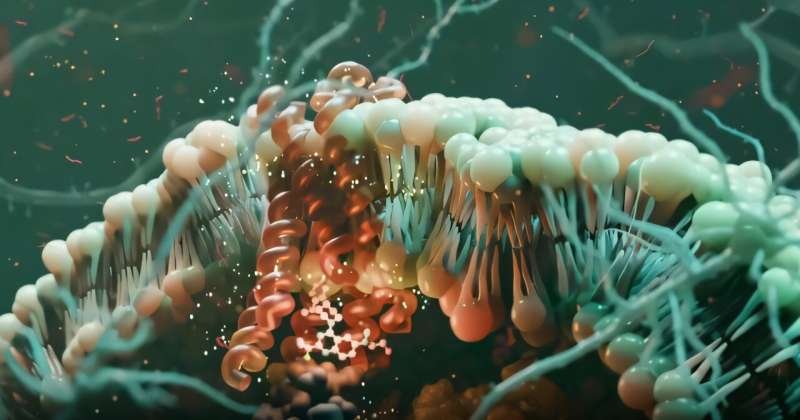
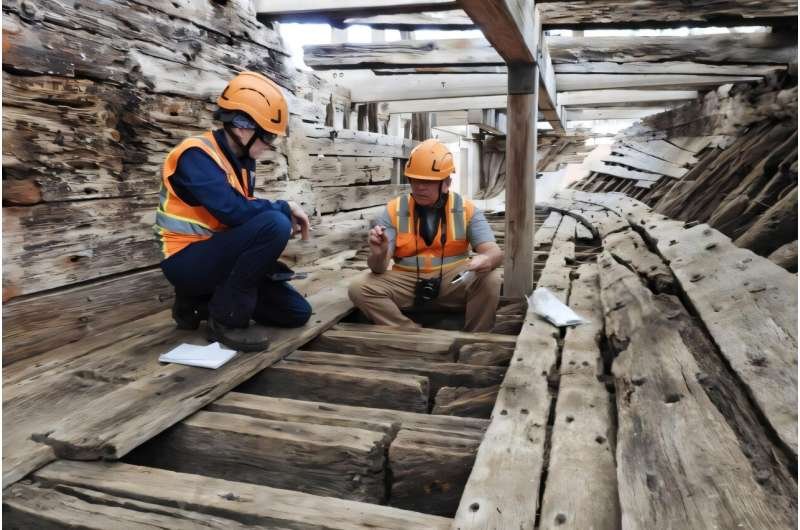
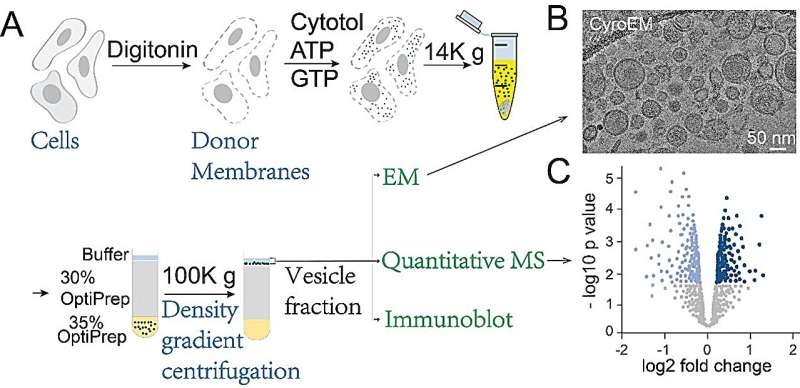

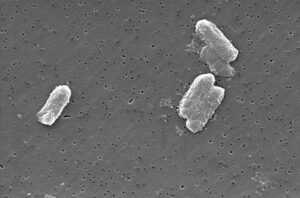

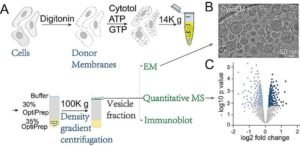
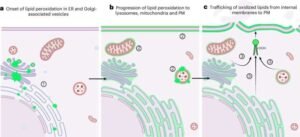



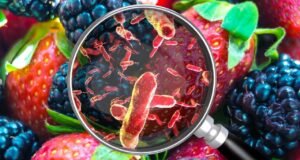
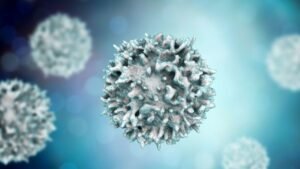
Post Comment